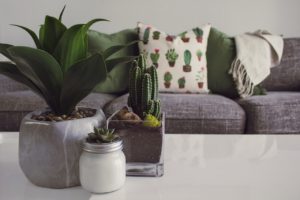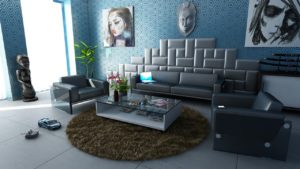5 Important Principles of Interior Design
When it comes to interior design, there are no rules which are ‘set in stone’. Ultimately, you have to discover your own unique sense of style and build the home of your dreams around this. However, there are a few guiding principles which can help you out in your quest. It is five of these which we are going to be talking about in this blog post. If you are in the process of moving into a new place or are simply looking to redecorate, hopefully, these will prove to be useful for you to follow.
Plan for Real Life
The interior design of your home should be a complement to your life rather than getting in the way of it. For example, if you are a social person who likes to have frequent parties at your home, you can incorporate this when you are creating a living room space. You are likely to want to have plenty of seating and a decent entertainment system. You will also want to make it easy to move around the space so that guests can comfortably interact with one another.
Create a Sense of Balance
When we talk about balance, we are generally referring to a sense of visual harmony which is easy on the eye. This means that you should try to distribute the different elements of your room in a way which is even. So, whenever you are designing a space, you should take a step back to view it from from the edge of the room. You should be able to get a pretty good idea whether or not anything needs shifting around.
Emphasis and Focus
You may have heard the interior design term focal point before, and this is all about placing a higher degree of importance onto a particular feature in the room. Ultimately, this should be what the eye is automatically drawn to the moment someone walks into a room. It could be an interesting piece of artwork, a beautiful view, a mirror or something else. You can then build the rest of the space around this.
Contrast
If everything looks exactly the same in an interior, this is not exactly the most exciting type of design which you could go for. Contrast is an interesting tool which can help you to create emphasis on different objects and areas. However, this isn’t something which you should overdo or space can end up looking clumsy and disjointed.
Scale and Proportion
The objects which you choose to go inside a room should be in proportion to its size. So, you don’t want to try to stuff a small space with oversized furniture. The same is true on the other end of the scale, and it can simply look bare if you put too many smaller items of furniture in a large space. Always take a step back to evaluate if you are not sure.

